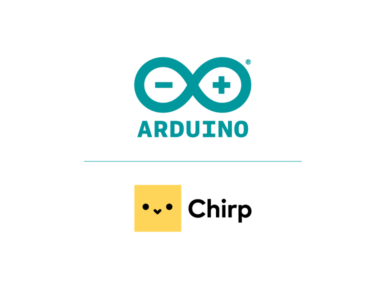
Gravity: I2C Ozone Sensor (0-10ppm)
Module with an ozone detection sensor that performs measurements in the range of up to 10 ppm with a resolution of 0.01 ppm.
Overview
Gravity: I2C Ozone Sensor (0-10ppm) is based on electrochemical principles and it can measure the ambient O3 concentration accurately and conveniently. With high anti-interference ability, high stablility and high sensitivity, this arduino-compatible ozone sensor can be widely applied to fields like portable device, air quality monitoring device, disinfection cabinets and smart home.
This compact dfrobot ozone sensor supports I2C output, it is compatible with many mainboards like Arduino Uno, esp32, Raspberry Pi and so on. Its resolution can reach to 10ppb. It supports wide range input voltage: 3.3V to 5.5V.
Moreover, the lifetime is as long as 2 years. With simple Gravity interface and practical sample code, you can build your own ozone concentration monitor easily and conveniently.
Features:
- High sensitivity
- Low power consumption
- Excellent stability and anti-interference ability
- IIC Interface
- Temperature compensation, excellent linear output
- Long lifetime
- Compatible with both 3.3V and 5V micro-controllers
- Polarity protection
Tech specs
- Detection of Gases: Ozone
- Operating Voltage: 3.3 to 5.5V DC
- Output Signal: IIC output
- Measurement Range: 0 to 10ppm
- Resolution: 0.01ppm (10ppb)
- Preheat Time: 3 minutes
- Response Time: ≤90 seconds
- Recovery Time: ≤90 seconds
- Operating Temperature: -20℃ to 50℃
- Operating Humidity: 15 to 95%RH (no condensation)
- Storage Temperature: -20℃ to 50℃
- Lifetime: >2 years (in the air)
- Board Dimension: 1.06" x 1.46" / 27mm x 37mm
Get Inspired
In this tutorial, you'll learn how to connect your Arduino MKR NB 1500 board securely to Microsoft Azure IoT Hub.

We are excited to announce a new partnership with Chirp, a London-based company on a mission to simplify connectivity using sound. Chirp’s machine-to-machine communications software enables any device with a loudspeaker or microphone to exchange data via inaudible sound waves. Starting today, our Chirp integration will allow Arduino-powered projects to send and receive data wirelessly over sound waves, using just microphones and loudspeakers. Thanks to some compatible libraries included in the official Arduino Library Manager and in the Arduino Create — as well as further comprehensive documentation, tutorials and technical support — it will be easy for anyone to add data-over-sound capabilities to their Arduino projects. Our new Nano 33 BLE Sense board, with a DSP-optimised Arm Cortex-M4 processor, will be the first board in the Arduino range with the power to transmit and receive Chirp audio signals leveraging the board's microphone as a receiver. From now on, the Chirp SDK for Arduino will support the following boards in send-only mode: Arduino MKR Zero, Arduino MKR Vidor 4000, Arduino MKR Fox 1200, Arduino MKR WAN 1300, Arduino MKR WiFi 1010, Arduino MKR GSM 1400, Arduino MKR NB 1500 and the Arduino Nano 33 IoT. Creative applications of Arduino and Chirp include, but certainly are not limited to: Triggering events from YouTube audioSecurely unlocking a smart lock with sound Sending Wi-Fi credentials to bring offline devices onto a Wi-Fi networkHaving a remote control that only interacts with the gadgets in the same room as you “Connectivity is a fundamental asset for our users, as the demands of IoT uptake require devices to communicate information seamlessly and with minimal impact for the end user. Chirp’s data-over-sound solution equips our boards with robust data transmission, helping us to deliver enhanced user experiences whilst increasing the capabilities of our hardware at scale,” said Massimo Banzi, Arduino co-founder.









